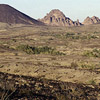

View of area threatened by mining operations and off road vehicle use.
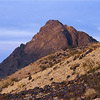
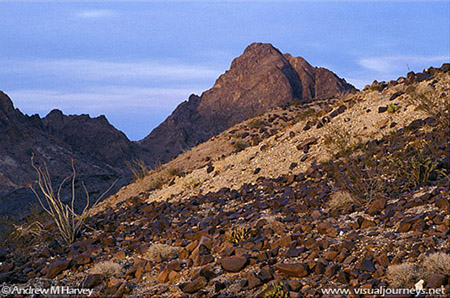
Boulders dot this sacred and revered landscape.

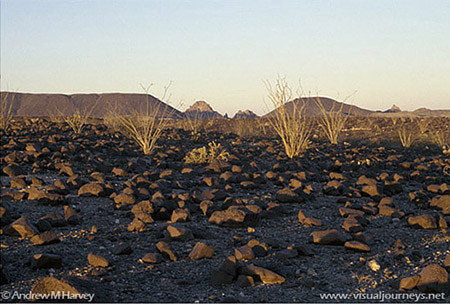
Night falls over the pass.


This area has long been used by the Colorado River and Quechan Tribes.

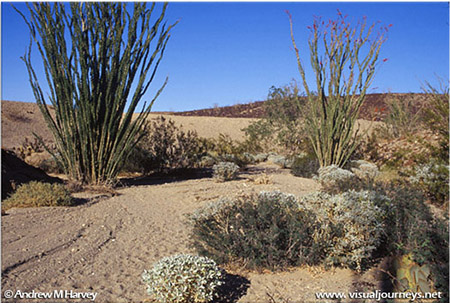
The diverse plants and animals found here face threats from mining and off road vehicle use.
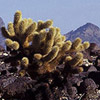

Cholla Cactus are one of many plants that grow in this beautiful desert habitat.
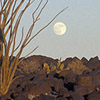
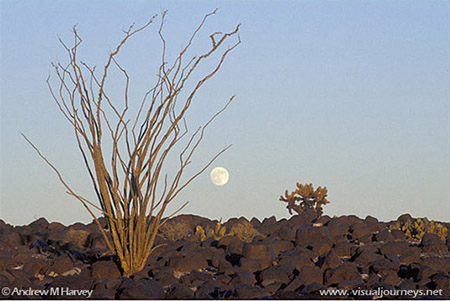
For thousands of years this area has been used for spiritual teachings and religious pilgrimages.

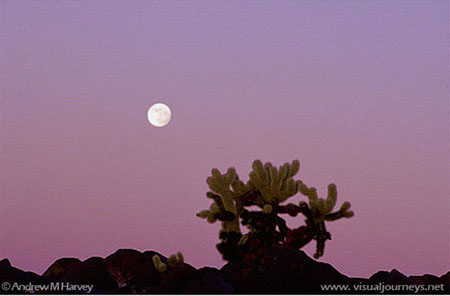
Moonrise over the Sonoran Desert.

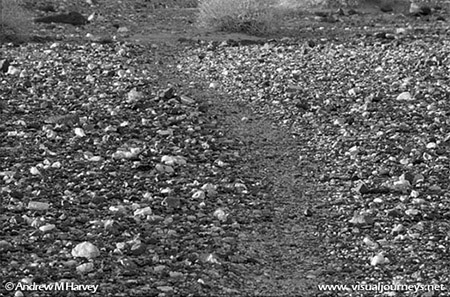
Ancient and culturally important footpaths cross this pristine landscape. This landscape, with historical significance dating back many thousands of years, is in need of protection.
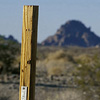
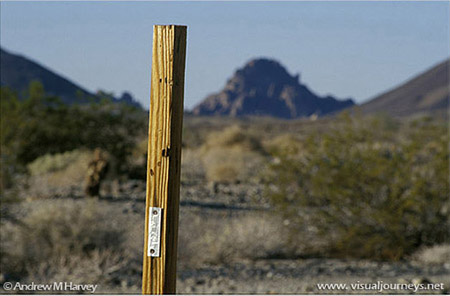
Marker claims land for gold mining operations that would destroy cultural history.

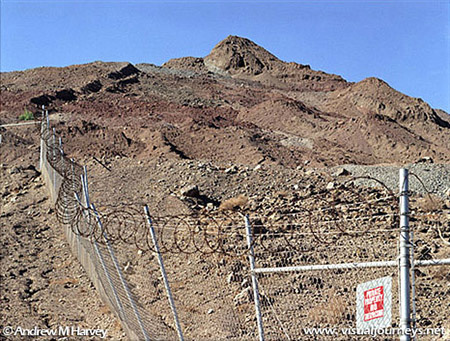
The effects of mineral extraction are seen in the landscape of this neighboring mine.
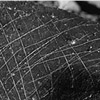
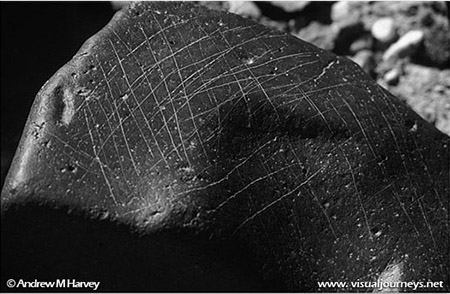
Petroglyphs are a historical record in need of protection from all disturbances.
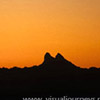

Sunrise begs the question of what this land will look like in the future should off road vehicles and mining interests prevail.
The Sonoran Desert
Photographs by: Andrew M. Harvey
History:
The Indian Pass site with its chips of black volcanic basalt and white quartz has been described as a giant prehistoric chessboard. The Quechan and other Colorado River tribes have continuously used and revered this site for thousands of years for spiritual teaching and religious pilgrimages. The land is now owned by the federal government and managed by the Bureau of Land Management.
Threat:
Glamis Gold, a Canadian corporation with mining operations in Nevada, California, Mexico and Honduras, wants to dig a 2-_ square mile, cyanide heap-leach gold mine at the Indian Pass area. The mine would have three open pits up to 880 feet deep and create rock stockpiles as high as a thirty-story building. The deepest pit would never be backfilled. The ore is of such low grade that only one ounce of gold would be mined for every 422 tons of waste rock removed. The mine would also consume 389 million gallons of pristine desert groundwater each year.
During the Clinton Administration, Interior Secretary Bruce Babbitt refused to issue a permit for the mine because it would unduly impair the environment (air quality and visual resources), the Quechan’s spiritual places and over 55 recorded properties eligible for listing on the National Register of Historic Places. Now, however, the Bush Administration has reversed the ruling. The Indian Pass Area was designated as one of the 11 Most Endangered Historic Places in 2002 by the National Trust for Historic Preservation.
The Quechan:
The Quechan Indian Nation is a federally-recognized Tribe. About 3,000 Tribal members live on the reservation. The Quechan is the third largest California land-based tribe, with about 45,000 acres in reservation status. Many members still speak their native language. Their aboriginal lands include the area protected in the Babbitt decision denying the mine. The Tribe has utilized the area since time immemorial for religious, ceremonial and educational purposes. The Tribe intends to continue to use the area in the future. Tribal members also consider the area sacred apart from physical uses of the lands.
For additional information, please contact by phone: Mike Jackson, Sr., President Quechan Nation 760.572.0213 | 928.920.0617 Vernon Smith, Quechan Culture Committee 760.572.0213 | Courtney Ann Coyle, Attorney Quechan Nation 858.454.868
This document is part of a press release. Received April 11, 2003 from Courtney Ann Coyle, Attorney Quechan Nation.

